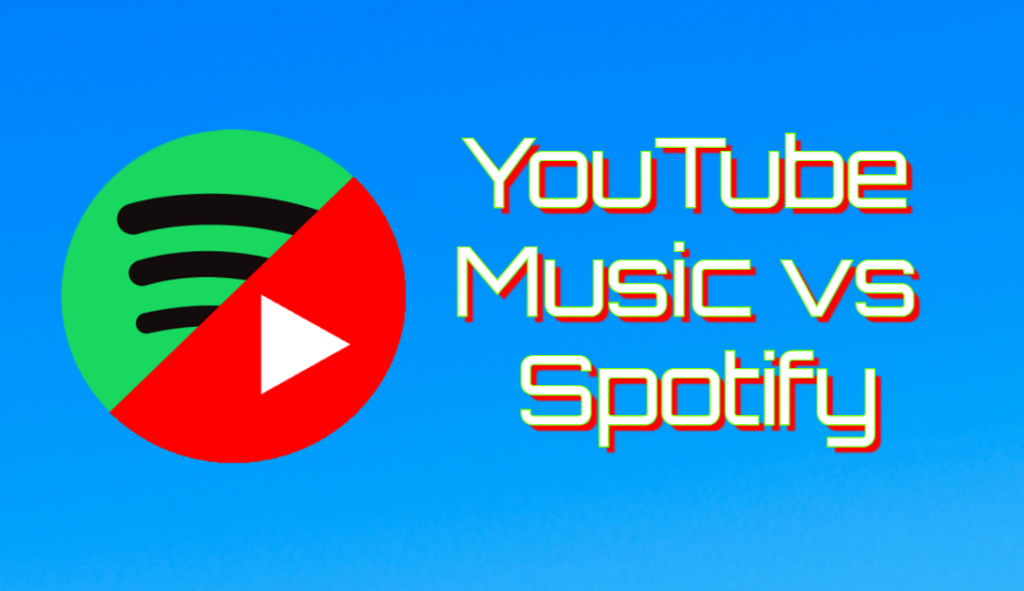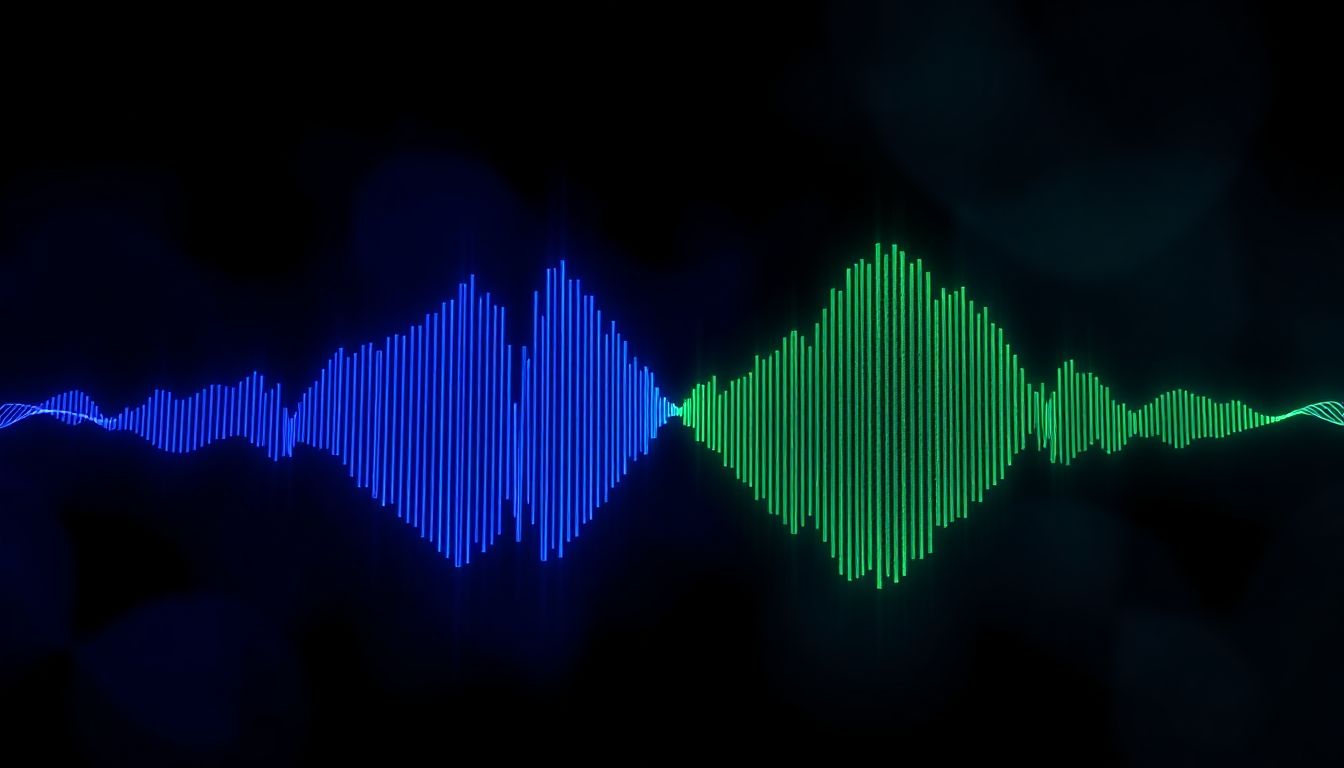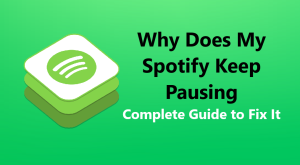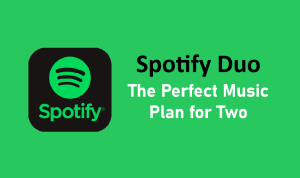
Introduction: The Streaming Wars Heat Up
The Ubiquity of Music Streaming
Massive music streams are all over the place these days, and people hear them through their phones while commuting, from home speakers when home, or even at workout spots. Spotify has over 600 million users internationally, whereas its robust video origins serve as a treasure for drawing in crowds. These are the two dominant apps for enjoying tunes in the year 2024.
Defining the Core Conflict
So, which one wins for you? This guide breaks down YouTube Music vs Spotify on features, song choices, and costs. We look at what each offers to help you pick the best fit without bias.
Core Feature Comparison: User Experience and Interface
Navigating Spotify’s Established Ecosystem
Spotify feels smooth right away. You open the app and see playlists front and center. It works great on phones, computers, and cars with easy logins. Recent updates added better search filters, but some say the dark mode can strain eyes in dim light.
The app remembers your tastes fast. Switch devices, and it picks up where you left off. Playlists load quick, and voice controls shine on smart devices like Alexa.
Critics point out cluttered home screens during big events. Still, most users love how simple it stays for daily spins.
Exploring YouTube Music’s Video-Centric Approach
YouTube Music mixes songs with videos in one spot. Search for a track, and videos pop up next to audio. This adds fun for fans who watch live clips or fan edits. But it can overwhelm if you just want plain audio.
The interface pulls from YouTube’s vast world. Thumbnails draw you in, but scrolling feels endless at times. On mobile, swiping between video and audio modes takes practice.
Positive side? It turns listening into a visual party. Negative? Ads sneak in more if you skip videos often.

Cross-Platform Performance and Offline Playback
Both apps run steady on iOS and Android. Spotify edges out on desktop with fewer crashes during long sessions. YouTube Music shines on web browsers tied to YouTube tabs.
Loading speeds match up well. Spotify pulls playlists in under two seconds on Wi-Fi. YouTube Music lags a bit on spotty connections due to video loads.
Offline downloads work solid on both. Spotify lets you grab full albums easily, with reliable playback even in tunnels. YouTube Music downloads audio fast, but videos take extra space and time. Test it on your smart speaker—Spotify integrates smoother with Google Home.
Library Depth and Content Exclusivity
Spotify’s Massive, Curated Music Catalog
Spotify holds over 100 million tracks. You find hits from Taylor Swift to old jazz gems. Major labels flood it with new releases first, so charts stay fresh.
Curators build playlists like RapCaviar that feel hand-picked. Search rare albums, and they often appear in high quality. It’s a go-to for broad tastes without digging deep.
One downside: Some indie tracks miss out due to strict licensing. Still, the catalog grows weekly with user votes.
YouTube Music’s Unrivaled Access to Deep Cuts and Live Content
YouTube Music taps into YouTube’s endless videos. Get official tracks plus fan uploads of live shows from tiny venues. Remixes and covers hide there that Spotify skips.
Think of that bootleg concert from your favorite band in 1995. YouTube Music likely has it. Unofficial stuff adds flavor, like karaoke versions or mashups.
The catch? Quality varies. Some uploads sound fuzzy. But for collectors, it’s a treasure hunt worth the effort.
Podcast Integration: A Diverging Strategy
Spotify bets big on podcasts. It has a whole tab for shows like Joe Rogan exclusives. Easy to jump from music to episodes without leaving the app.
YouTube Music folds podcasts into the main feed. You search and find them mixed with songs. Less focus means fewer big names, but video podcasts play smooth.
Spotify’s push draws talk show fans. YouTube Music suits those who want audio and video in one stream. Pick based on if you crave deep dives or quick listens.
Audio Quality and Technological Advancements
The Bitrate Battle: Standard vs. Premium Tiers
Premium Spotify streams at 320kbps with Ogg Vorbis. YouTube Music hits the same top rate using AAC. Both sound crisp on good headphones.
Free tiers drop to 96kbps on Spotify, while YouTube Music sticks around 128kbps. No big lossless push yet—Spotify teases HiFi, but it’s delayed. YouTube Music added better compression in 2023.
For most ears, the difference blends in daily use. Audiophiles wait for upgrades.
Algorithm Power: Discovery and Personalization
Spotify’s Discover Weekly nails new finds. It scans your plays and suggests tracks that stick. Train it by liking songs and skipping duds—watch it improve in weeks.
YouTube Music’s Your Mix pulls from video watches too. It spots trends from your views, like suggesting EDM after a festival clip. Rate thumbs up or down to sharpen results.
Spotify wins for pure music fans with deeper history. YouTube Music surprises with video ties. Tip: Play full songs on both to feed the bots better.
Spatial Audio and Emerging Formats
Spotify rolled out spatial audio in 2023 for select tracks. It wraps sound around you like a live show. Works on Apple devices first, now wider.
YouTube Music supports it too, but fewer songs have the mix. Dolby Atmos tracks play on both, adding depth to pop hits.
Early adopters love the immersion. Check your setup—headphones matter most here.
Pricing Structure and Subscription Value
Spotify’s Tiered Offerings (Individual, Duo, Family, Student)
Spotify’s individual plan costs $10.99 a month. Duo shares two accounts for $14.99, perfect for couples. Family covers six at $16.99, the best deal for groups.
Students pay $5.99 with full perks. Each tier skips ads and adds offline mode. Family stands out—split it, and it’s under $3 per person.
Value shines if you share. Solo users get solid basics without extras.
YouTube Music’s Standalone and Bundle Options
Standalone YouTube Music Premium runs $10.99 monthly. The bundle with YouTube Premium costs $13.99, tossing in ad-free videos and downloads.
For heavy YouTube watchers, the bundle saves cash. Music alone matches Spotify’s price. No family plan yet, but student discounts hit $5.49.
Choose bundle if videos matter. Otherwise, it’s neck-and-neck on cost.
The Free Tier Experience: Ad Loads and Limitations
Spotify’s free version shuffles mobile plays with ads every few songs. Desktop lets you pick tracks, but limits skip to six per hour.
YouTube Music free includes video ads between tunes. Mobile shuffle-only like Spotify, but ads feel shorter on desktop.
Both frustrate with interruptions. Upgrade if ads bug you—free teases the full ride.
Creator Monetization and Artist Relations
How Spotify Compensates Artists
Spotify pays per stream, around $0.003 to $0.005 each. Big stars rake in millions, but indies fight for scraps. Debates rage over fair shares and data access.
Artists track earnings via dashboards. Playlists boost payouts fast. It’s steady, but critics call for higher rates.
The YouTube Advantage for Emerging and Niche Artists
YouTube Music counts video views for pay. Emerging acts gain from fan uploads that go viral. One clip can earn more than audio streams alone.
Niche creators thrive on live sets or covers. Monetization kicks in at 1,000 subscribers. It favors visuals over pure sound.
Small artists pick YouTube for reach. Spotify suits polished releases.
Conclusion: Making the Final Choice
Main Points: Strengths and Weaknesses Summarized
- Spotify really great at clean interfaces and playlist tools but missing in quality video action.
- YouTube Music has long libraries and hard-to-find immunohistochemical markers and live versions, but the songs dip in quality sometimes.
- Both match on price, but Spotify’s family plan wins for shares; YouTube bundle fits video fans.
- Discover algorithms well, actually, with Spotify for music depth and YouTube for surprises.
- Spotify favors the podcasts; quality-wise, both are tied up even.
Opt for Spotify if you want convenient and powerful podcast navigation because it is great for everyday commuters or families sharing accounts.
YouTube Music is for you if you go crazy for videos and like to discover deep cuts. For avid YouTube users, this should prove to be a money saver given the bundle.
When it comes to YouTube Music vs Spotify, the best choice depends on your habits. Try free trials on both and let your listening style decide—start streaming smartly today.




